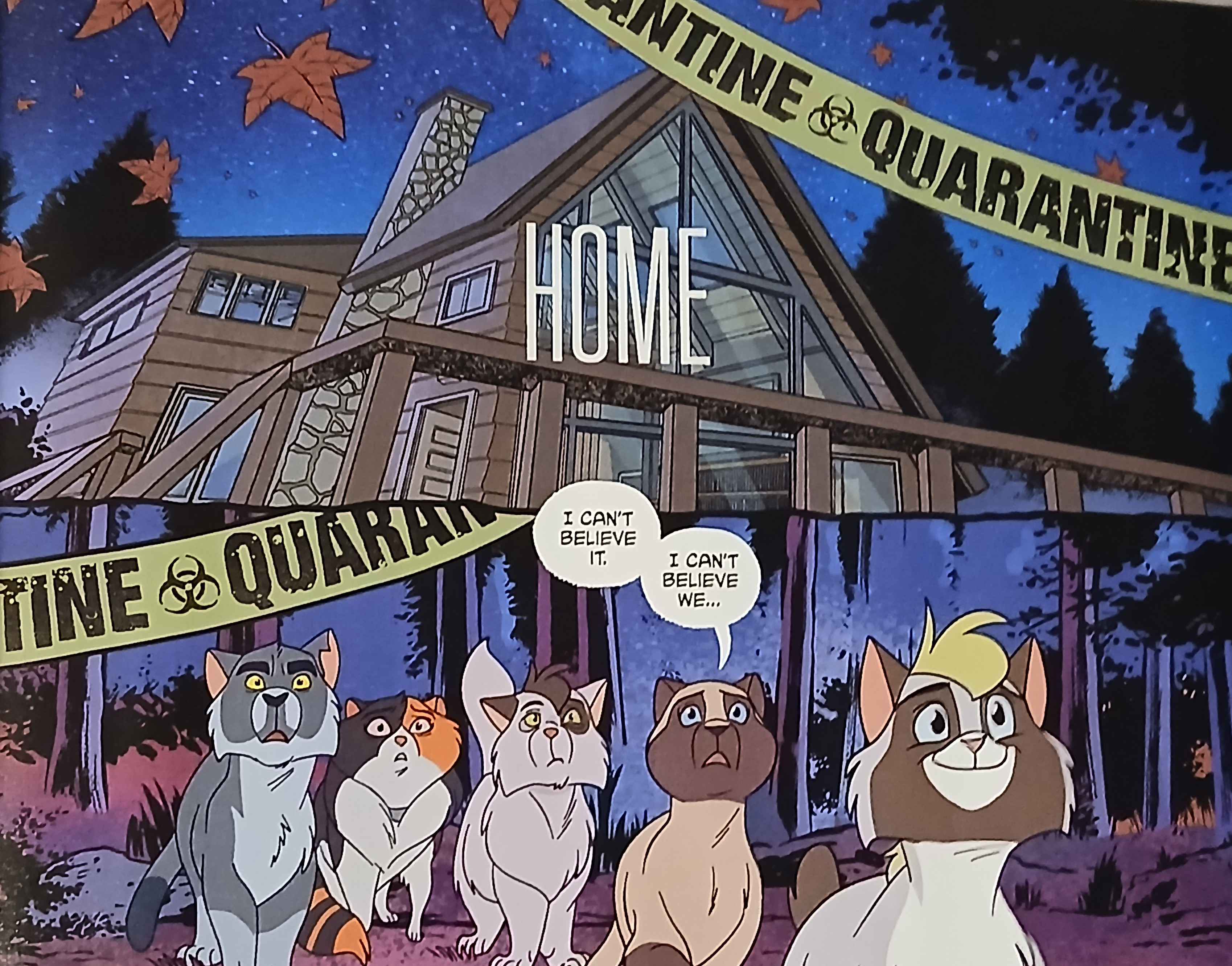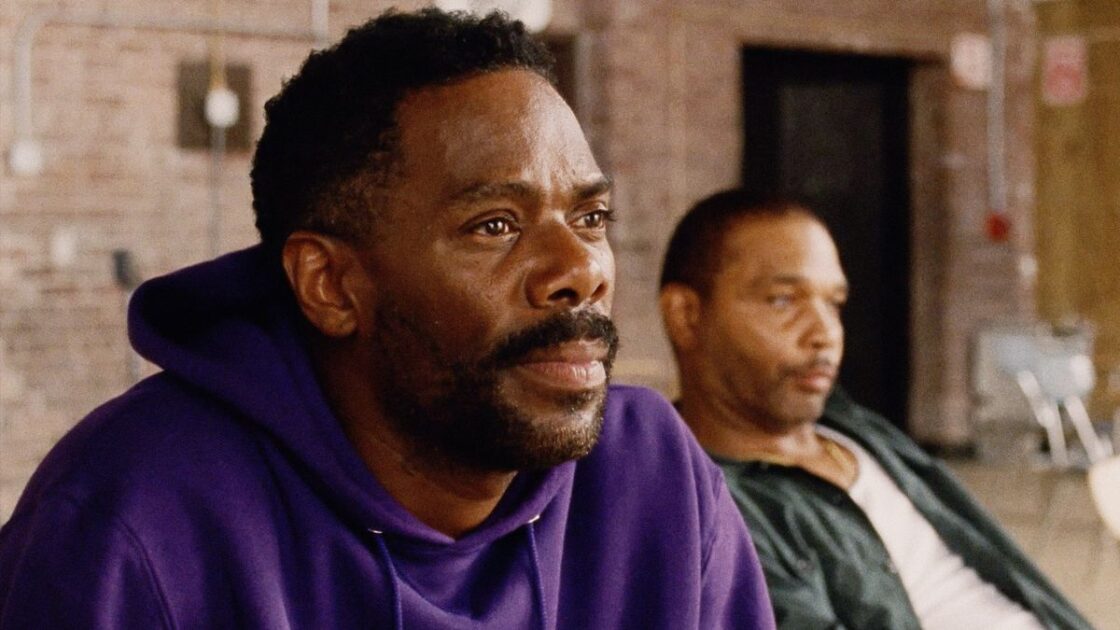Dante’s Weekend Double: “Justice For Juneteenth” Concludes With Twisted ‘Tales From The Hood’ And The Epic Rise And Fall Of ‘Black Caesar’

We have reached our fifth, and final installment of this month’s “Justice For Juneteenth” theme that didn’t create the triggered online reaction that was expected, or even hoped for (to be honest), but one of the truly beautiful things about life is that there’s usually other opportunities, even if it’s in other ways.

Thanks to everyone who has been coming back every week, and reading these mad ramblings of mine. Buried beneath the corny jokes, terrible puns, and dated references is a deep love for cinema, and an equally deep desire to introduce people to the hits most common folks never hear about in these dark days of a post-video store society.
There’s a unique joy that comes with someone giving a first-time watch to something I’ve spent a lifetime enjoying. I’m looking forward to next month’s theme, and believe me when I say that things are only going to get crazier.

Until then, let’s end this party with a bang. The last movies before justice is officially served are two staples in the subgenre, and a mandatory watch for all who wish to be taken seriously. I end this bloated intro with only one question, dear reader: Where is the $–t…?
Tales From The Hood (Savoy Pictures)
This fairly well-known (and very well-liked) 1995 horror anthology is directed by Rusty Cundieff (Fear of a Black Hat), and it presents four tales of urban terror that are threaded through a frame story centered around three drug dealers ̶ Stack, Ball, and Bulldog (Joe Torry, De’Aundre Bonds, and Samuel Monroe, Jr.) ̶ who arrive at Simms’ Funeral Home to “get the $–t” (purchase drugs) from the owner, Mr. Simms (the late/great Clarence Williams III).
The only problem is that this ain’t no funeral home. It ain’t the Terror Dome…NEITHER!
But these Muth@fu©@$ don’t find that out until later. Before they end up “knee deep in the $–t,” Mr. Simms takes them on a tour of the place that includes a stop at three different chapels with each one containing a body lying in a casket. He tells the stories of how they reached their final destinations, plus one digression about dolls.
The first tale is about a black cop named Clarence who witnesses his white counterparts savagely beat, and eventually kill, a city councilman/activist named Martin Moorehouse (Tom Wright). Instead of turning them in, he quits the force, and they cover up the murder.
A year goes by, and the ghost of Martin Moorhouse torments Clarence as he tries to live his best life as a pathetic drunk. After enough spiritual pressure, and assistance (cheers), he lures his former coworkers out to the cemetery where Martin is buried. That’s when Martin makes his return, and he’s ready to fry some bacon.
Next up is about a sensitive boy named Walter, and this kid has it rough. He’s the new kid in class, and he gets pounded by the school bully on his first day.

To make matters worse, Walter has a monster that comes into his bedroom every night and physically attacks him. His soft-spoken teacher (Cundieff) sees the marks on him, immediately gets involved, and shows Walter just how deadly art can be.
Corbin Bernsen (Major League, The Dentist) goes hilariously over-the-top in the third segment as a hated southern senator, and former KKK member, who’s trying to clean his foul image while making a run for governor. In a completely ‘brilliant’ move to win public endearment, he purchases an old plantation house with a dark history.
It was formerly owned by a vindictive slaver who decided to slaughter all of his slaves when the Civil War ended, instead of freeing them. Later on, an old voodoo priestess came along and placed the restless souls of each one into a doll, and then hid them around the large abandoned house where they could rest in silence.
Not only does this moron piss off the living locals, but his problems multiply when the dolls wake up to seek their pound of flesh.
The final story (and best IMO) is about a crazy cat who’s aptly named Crazy K. This dude is all about that life: Death, violence, and settling the score. That’s until he gets caught slippin’ by some folk looking for their payback, but luckily (?) he’s saved by the equally trigger-happy police, and only goes to prison for life, instead of the morgue.
Four years into his bid, he gets a visit from a doctor who offers him a chance to get out if he volunteers to be a lab rat in her government-funded experiments. Crazy K jumps at the opportunity faster than a bullet, and off they go.
What follows next are therapy sessions that make A Clockwork Orange look like Singing in the Rain but without the eye clamps or straitjacket. The segment also features a very dope, and very overlooked, track by rapper Spice 1.
Tales From The Hood is not only a classic in the Blaxploitation genre but also Horror in the vein of Tales From the Crypt, and Creepshow, but with deeper messages, ones that don’t lead the whole story, or beat the viewers over the head with buzz terms. Instead, they casually sit among fun characters with personality, enough quotes to fill a mortuary, and sweet practical gore.
From a decade of mediocre horror movies, this is one of the more enjoyable. You can find “the $–t” over on Prime.
Black Caesar (American International Pictures)
The final justice for Juneteenth is from the magical year of 1973. It’s arguably (or undisputedly) one of the greatest Blaxploitation films, Gangster films, and absolutely one of the best films of the 1970s.
Black Caesar (aka Godfather of Harlem) stars AFL, and Blaxploitation legend Fred “The Hammer” Williamson, and at the reins is the late, but eternally great indie director Larry Cohen (It’s Alive, The Stuff, Maniac Cop trilogy).
It’s 1953, and young shoe shiner Tommy Gibbs is a kid trying to make a name for himself on the streets of Harlem. He does little side jobs for the local Italian mobsters and keeps trying to climb that greasy ladder of the city’s underworld in the hopes of trying to get a spot at an openly racist table.
His dream comes to an abrupt halt when his leg is broken (giving him a permanent limp) by a corrupt police Captain, and he gets railroaded into Juvenile Hall.
It’s 1965, Tommy (Williamson) is all grown up, and back on the street after a recent stint, but he’s got a plan now. He kills his way to that long-coveted seat at the mafia table and ends up becoming head of his own syndicate in Harlem – all through blood, bullets, and blackmail. There’s even a drive-by shooting scene with a stagecoach.
By the end, Tommy is the ultimate antihero: charismatic, fun to watch, but still reprehensible enough to keep viewers from fully being on his side.
The film shows how ambition can ruin a person, and plays out like an old Greek tragedy (or Roman), and he truly “paid the cost to be the boss.” Excellent performances (especially The Hammer), and one must never forget the amazing score by the Godfather of Soul himself, James Brown.
Black Caesar reigns over on Pluto.
More About:Movie Reviews Movies









